From Zero to Hero: 6 Game-Changing eLearning Solutions
The world of education has been undergoing a seismic shift in recent years, and eLearning has emerged as a game-changer. With the advent of technology and the internet, learning has become more accessible, flexible, and personalized than ever before. From traditional classrooms to virtual classrooms, from textbooks to interactive modules, eLearning has transformed the way we acquire knowledge.
In this blog, we will explore six game-changing eLearning solutions that have taken education from zero to hero.
1. Mobile Learning (mLearning): Learning on the Go
The rise of smartphones and tablets has paved the way for mobile learning or mLearning. This eLearning solution allows learners to access educational content anytime and anywhere. Whether you’re commuting, waiting in a queue, or sitting in a park, you can continue your education. Mobile apps and responsive websites provide interactive lessons, quizzes, and videos tailored for small screens. This flexibility has opened up learning opportunities for people with busy schedules and limited access to traditional education.
Moreover, gamification elements in mLearning make the learning process engaging and enjoyable. Progress tracking, badges, and leaderboards add a competitive edge that motivates learners to complete courses. Duolingo, for instance, is a language-learning app that employs gamification to keep users engaged and motivated to learn.
2. Artificial Intelligence (AI) and Personalized Learning
AI is a technological marvel that has found its way into education. Machine learning algorithms analyze individual learning patterns and preferences to create personalized learning experiences. By assessing strengths and weaknesses, AI tailors the content and pace of courses to match the learner’s abilities. This approach keeps students engaged and ensures that they grasp the material more effectively.
Adaptive learning platforms like Knewton and DreamBox use AI to provide a personalized curriculum. These systems continuously adapt to the learner’s progress, delivering content that matches their current skill level. This level of customization has the potential to close the achievement gap and make education more inclusive.
3. Virtual Reality (VR) and Augmented Reality (AR)
Virtual Reality and Augmented Reality are not just for gaming; they have become powerful tools in education. VR immerses learners in a virtual environment, allowing them to explore concepts and scenarios that would otherwise be impossible in a traditional classroom. Whether it’s a biology student exploring the human body or an architect examining a 3D model of a building, VR makes learning interactive and experiential.
On the other hand, AR overlays digital content onto the real world. Apps like Pokemon Go popularized this technology, but its applications in education are equally compelling. For instance, AR can bring textbooks to life, making static images interactive. Imagine a history book where historical figures come to life, explaining their contributions in their own words.
4. Microlearning: Bite-sized Knowledge
In today’s fast-paced world, time is a precious commodity. Microlearning is an eLearning solution that recognizes this reality by breaking down lessons into small, digestible chunks. Instead of sitting through hour-long lectures, learners access bite-sized modules that focus on specific topics. These modules are concise, usually lasting just a few minutes, and can be consumed whenever it’s convenient.
The appeal of microlearning lies in its efficiency. Learners can quickly fill knowledge gaps or acquire new skills without the commitment of long study sessions. Companies like LinkedIn Learning offer extensive libraries of microlearning courses that professionals can use to upskill themselves at their own pace.
5. Collaborative Learning and Social Engagement
Education is not just about absorbing knowledge but also about engaging with others. Collaborative learning, facilitated by eLearning platforms, allows students to interact, discuss, and work together on projects, regardless of geographical barriers. Discussion boards, video conferencing, and group assignments foster a sense of community among learners.
Additionally, social engagement features in eLearning platforms help connect students with instructors and peers. Learners can ask questions, seek clarification, and share their insights, creating a supportive learning environment. This sense of belonging enhances motivation and leads to better learning outcomes.
6. Blockchain Credentials: Securing Educational Achievements
Blockchain technology has made its way into eLearning to address the issue of credential verification. Traditional paper certificates can be easily forged or lost, making it challenging for employers and institutions to validate a person’s educational achievements. Blockchain offers a secure and tamper-proof solution.
With blockchain-based credentials, every educational achievement is recorded on a public ledger. This allows employers and institutions to verify a person’s qualifications quickly and accurately. Platforms like Learning Machine and Blockcerts are pioneering this technology, ensuring the authenticity of educational credentials.
7. CONCLUSION
ELearning has come a long way from its humble beginnings and is now at the forefront of education. From the convenience of mobile learning to the personalization of AI, the immersive experiences of VR and AR, the efficiency of micro learning, the collaboration of social engagement, and the security of block chain credentials, these game-changing eLearning solutions have transformed the educational landscape.
As technology continues to advance, the possibilities for eLearning are limitless. The future of education is not confined to physical classrooms but exists in the digital realm, where knowledge knows no bounds. Embracing these eLearning solutions allows us to take education from zero to hero, providing accessible, engaging, and effective learning experiences for all.
Frequently Asked Questions (FAQs)
What is eLearning, and why is it important?
ELearning refers to electronic learning, where education is delivered via digital platforms, such as computers and smartphones. It is essential because it offers flexibility, accessibility, and personalized learning experiences, making education more engaging and effective.
How does AI personalize eLearning?
Artificial Intelligence (AI) uses algorithms to analyze individual learning patterns and preferences. It tailors the content and pace of courses to match the learner’s abilities, ensuring a personalized learning experience.
Can you provide examples of VR and AR in education?
VR can create immersive educational experiences like virtual field trips or interactive science experiments. AR overlays digital content onto the real world, enhancing textbooks or creating interactive historical lessons.
What are blockchain credentials, and how do they work?
Blockchain credentials use blockchain technology to securely record and verify educational achievements. Each achievement is stored on a tamper-proof ledger, allowing institutions and employers to quickly and accurately verify qualifications.
How can microlearning benefit busy individuals?
Microlearning breaks down lessons into small, easily digestible modules, making it convenient for individuals with busy schedules. It allows learners to acquire knowledge in short, focused bursts, optimizing time and efficiency.
How does collaborative learning enhance the educational experience?
Collaborative learning enables students to interact, discuss, and work together on projects through online platforms. It fosters a sense of community and provides opportunities for sharing knowledge and ideas among peers.

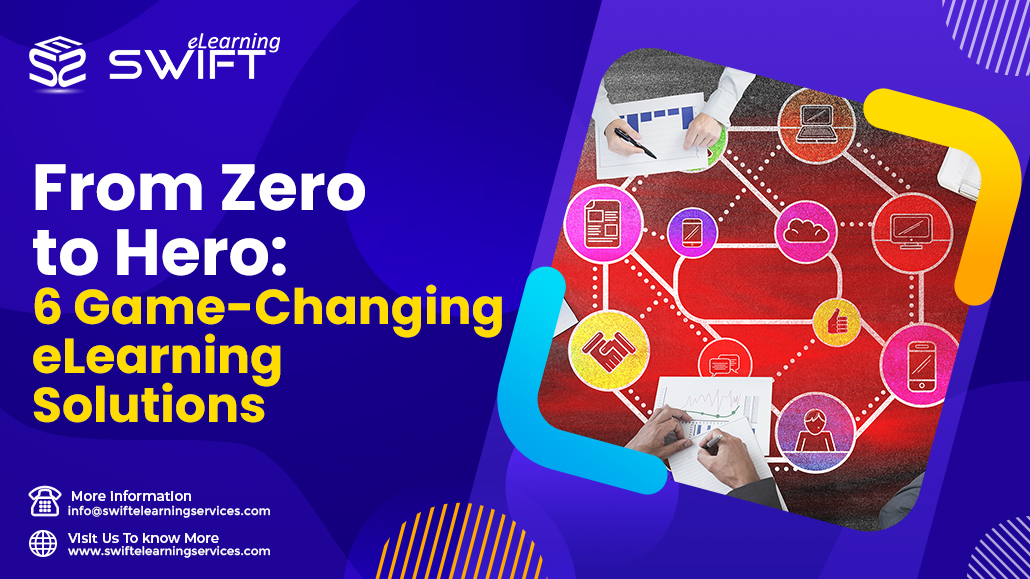
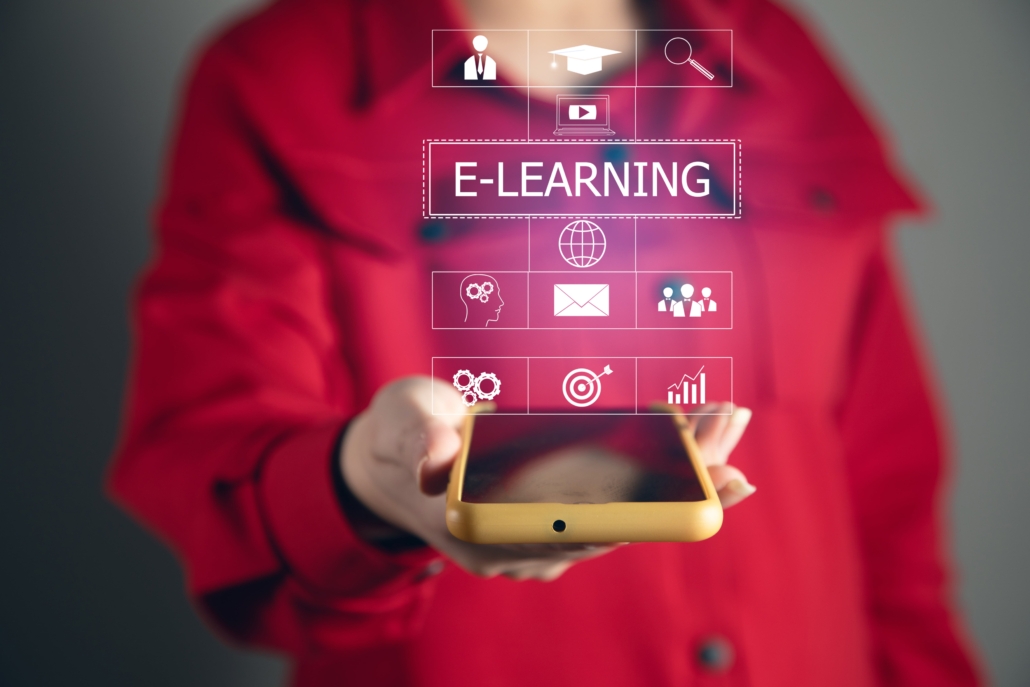
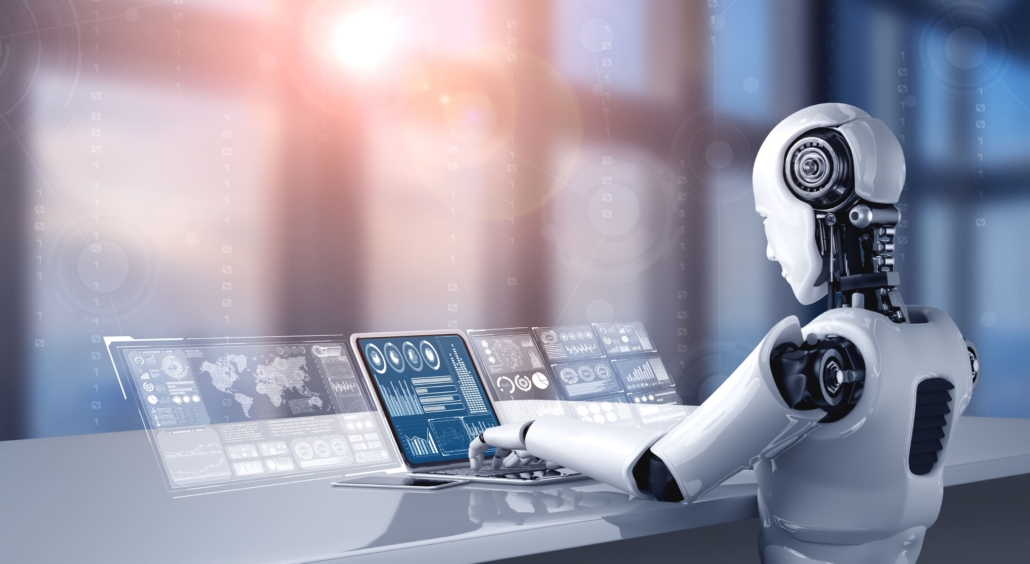
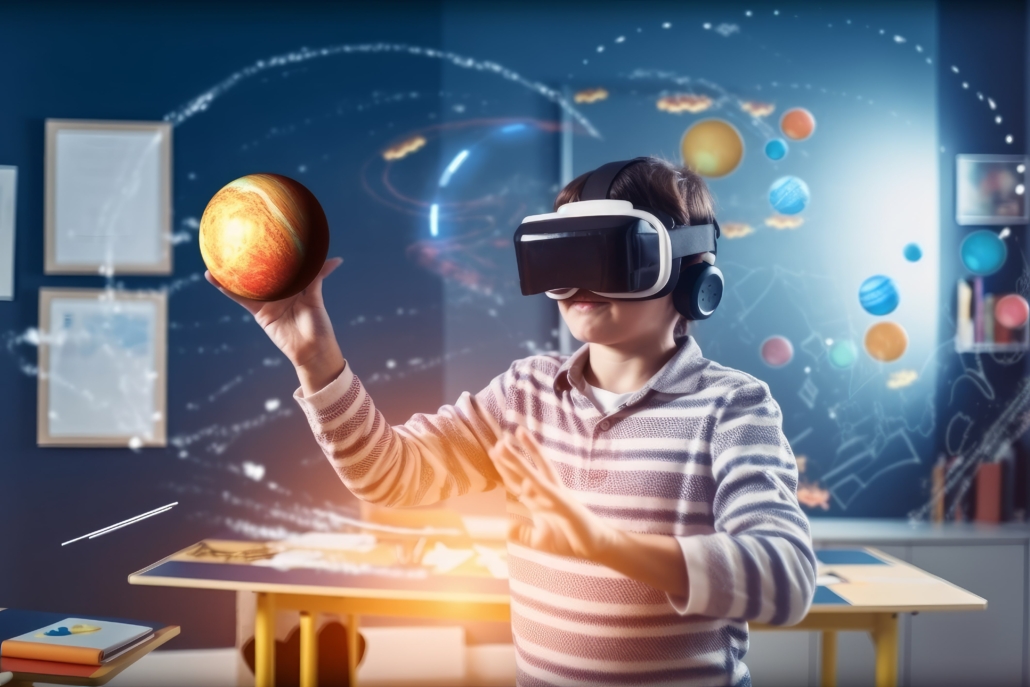
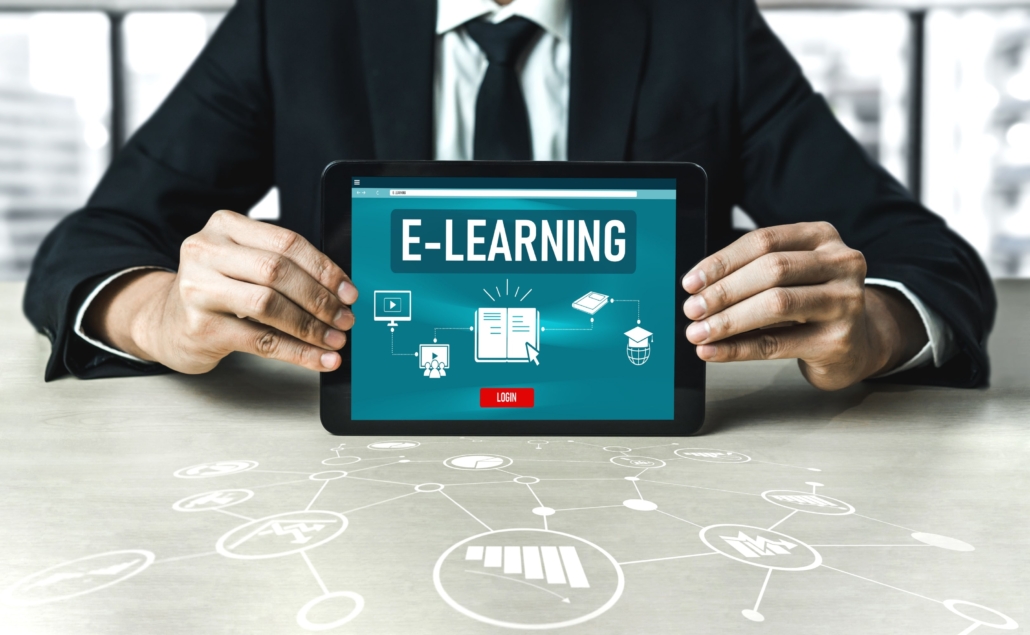




Leave a Reply
Want to join the discussion?Feel free to contribute!